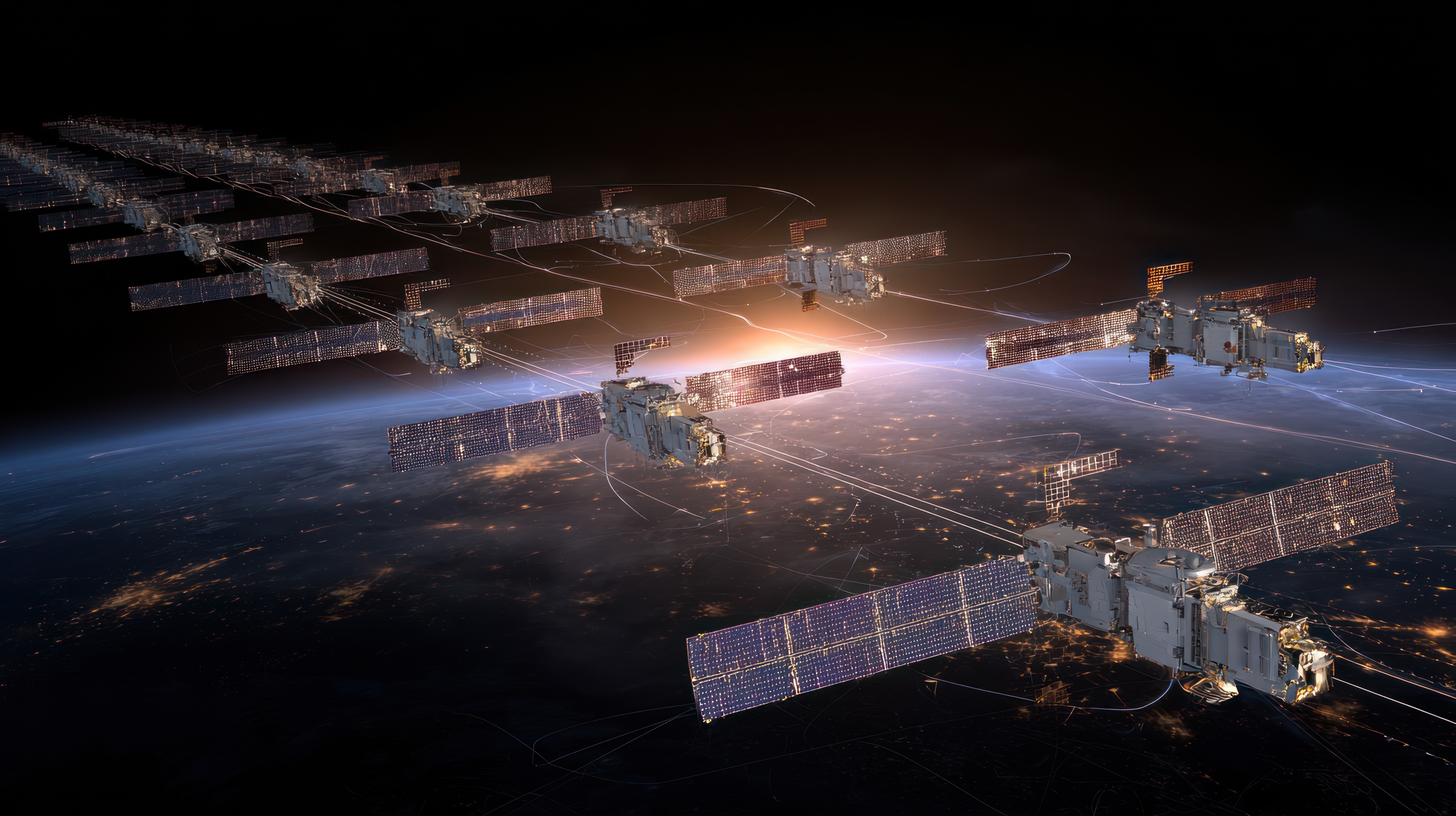The modern space domain is no longer uncontested. The rise of co-orbital anti-satellite (ASAT) capabilities has transformed how satellite operators define and defend mission assurance. In Geosynchronous Earth Orbit (GEO), home to critical communication, ISR, and navigation assets—the risk is not only from debris or collisions, but from intelligent, maneuvering threats capable of shadowing or intercepting operational satellites.
In this new environment, survival depends not just on awareness, but on action. Mission assurance now hinges on a satellite’s ability to plan and execute precise, real-time evasive maneuvers under extreme constraints.
Operational Challenge: Beyond Collision Avoidance
Traditional conjunction warnings and pre-planned avoidance maneuvers fall short against adaptive, hostile actors. Operators face a multidimensional decision problem that must be solved in seconds:
- Time Constraint: Threat trajectories evolve rapidly, leaving minimal time for human-in-the-loop response.
- Fuel Constraint: Every maneuver burns precious propellant, impacting the satellite’s operational lifespan.
- Mission Continuity: Evasion must be performed while maintaining critical functions; antenna alignment, power generation, and payload stability.
Balancing these competing requirements turns evasive maneuvering into a real-time optimization problem. Classical algorithms, limited by computational speed, cannot always deliver the single most efficient path when seconds determine mission survival.
Digital Twin of the Battlefield in Orbit
The cornerstone of effective mission assurance is preparation. High-fidelity simulation, powered by a digital twin of the orbital environment, enables operators to anticipate, train, and perfect their defensive responses long before a threat materializes.
Through advanced modeling, simulation platforms allow mission teams to:
- Replicate Threat Scenarios: Model potential co-orbital threat behaviors—close approaches, pursuit, or intercept trajectories—within a realistic orbital mechanics environment.
- Validate Defensive Protocols: Test Rules of Engagement (RoE) and maneuver strategies against varying levels of aggression while ensuring compliance with international norms.
- Enhance Operator Readiness: Train operators through simulated crisis events, improving reflexive decision-making and cross-team coordination under pressure.
In essence, the digital twin becomes the training ground and testing range for orbital defense.
Why classical methods fall short
Conventional collision-avoidance and trajectory planners use sequential search, heuristics, or local optimizers that evaluate a small fraction of possible responses. Under the combined pressures of real-time decision windows, multi-constraint tradeoffs, and high dimensionality, these methods either run too slowly or return sub-optimal maneuvers that waste fuel or leave missions exposed. The computational burden grows combinatorially when factoring in multi-axis thrusting, attitude constraints, power budgets, and coordinated responses across constellations.
Quantum Optimization: Finding the Perfect Maneuver in Seconds
Evasion is not only a matter of reaction; it’s a matter of precision optimization. A satellite response must find the perfect balance between fuel economy, safety distance, and mission functionality.
This is where quantum-powered optimization revolutionizes maneuver planning. By leveraging quantum-inspired algorithms, mission control systems can rapidly evaluate billions of trajectory permutations—simultaneously assessing orbital constraints, power profiles, and communications geometry—to identify the globally optimal maneuver path in near real-time.
Key advantages include:
- Rapid Trajectory Computation: Delivers the most fuel-efficient and survivable escape path within seconds.
- Integrated Constraints: Considers all mission-critical parameters—thermal, power, communications, and orbital geometry.
- Real-Time Adaptability: Updates solutions instantly as new tracking data or SSA alerts arrive.
These capabilities make quantum optimization the computational brain that transforms awareness into immediate, executable action.
Integration with Space Situational Awareness (SSA)
Evasive maneuvers do not occur in isolation. SSA systems provide early warning, tracking potential threats, and assessing intent. The integration of quantum optimization within SSA creates a closed operational loop:
Detection: SSA sensors identify a potential co-orbital threat and predict its approach vector.
Decision: The optimization engine computes the best evasive maneuver based on real-time telemetry and system constraints.
Execution: Command and control systems issue the maneuver instructions, ensuring immediate and precise orbital adjustment.
This seamless integration transforms raw orbital tracking data into decisive, automated defensive actions, enhancing both responsiveness and survivability.
Assured Mission Continuity Through Intelligent Simulation
In contested orbital environments, mission assurance is no longer about redundancy—it’s about resilience through intelligence. Advanced quantum powered simulation and quantum optimization allow operators to move from reactive avoidance to predictive, adaptive defense. By combining digital twin environments with real-time optimization, satellite operators gain the ability to:
- Execute fuel-optimal evasive maneuvers within seconds.
- Maintain critical communication links and operational functions during crisis.
- Extend asset longevity through precision, constraint-aware motion planning.
The result is a new operational paradigm where every satellite becomes not just a platform, but a self-defending, intelligent system—capable of surviving and sustaining its mission even under direct threat. In the high-stakes theater of modern orbit, simulation is preparation, and optimization is survival. Together, they form the foundation of true mission assurance in contested space.



.jpg)

.png)
.png)




.svg)
.svg)
.svg)
.svg)